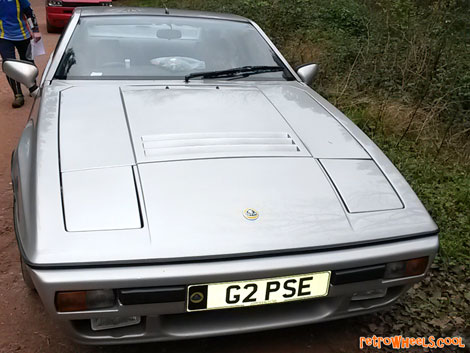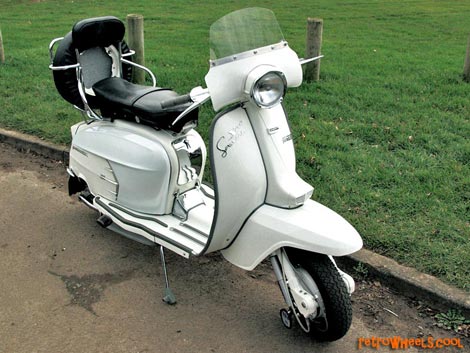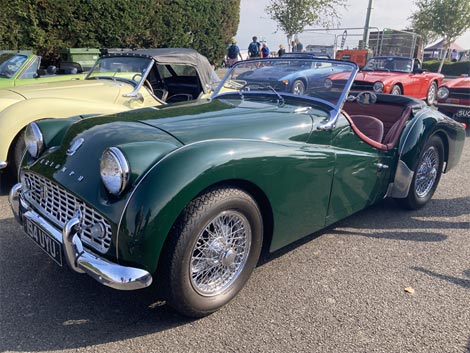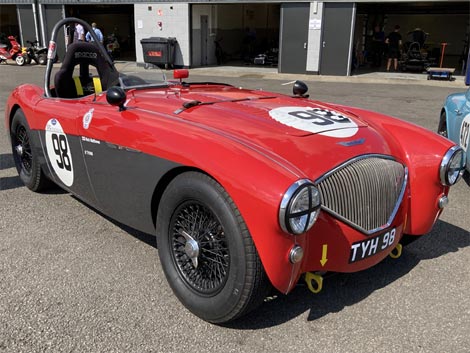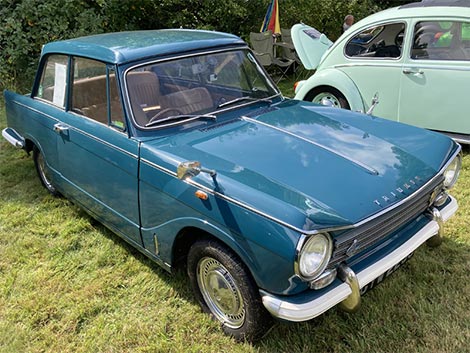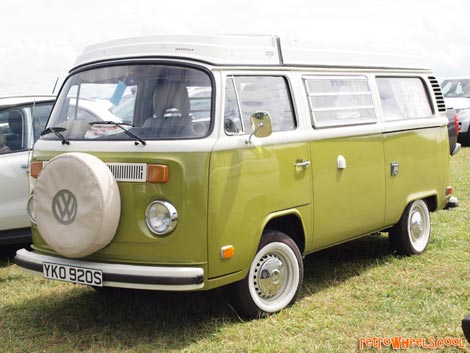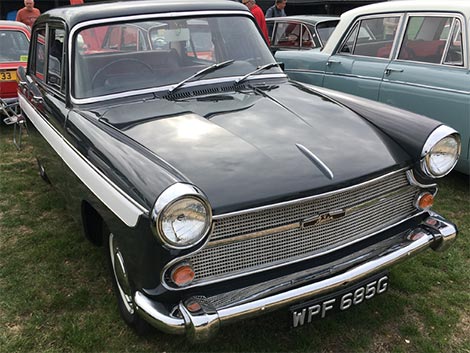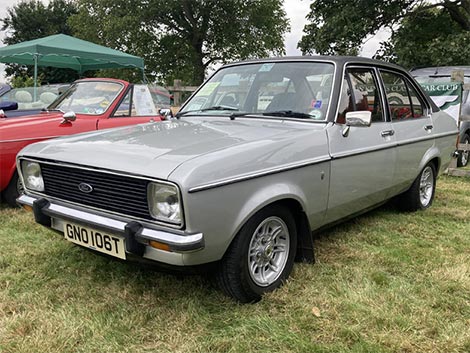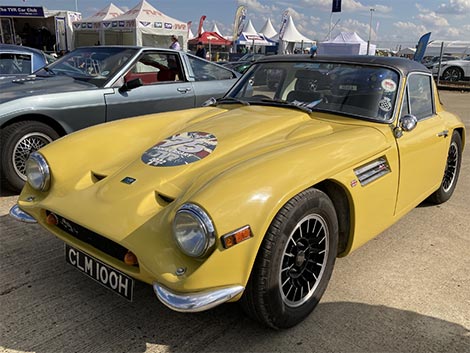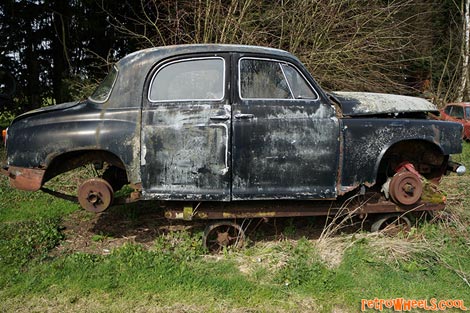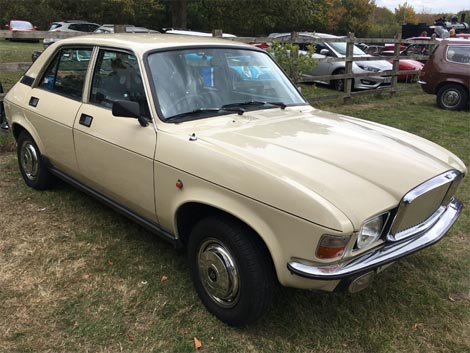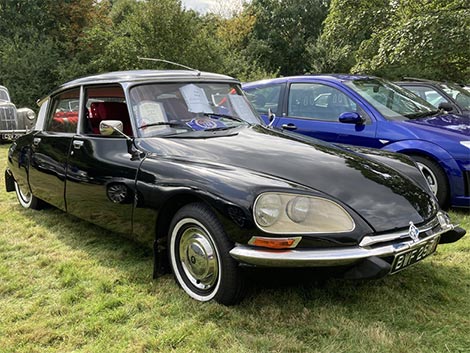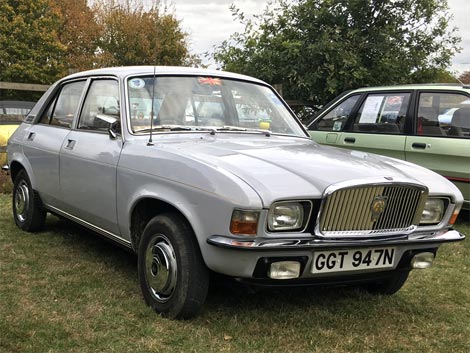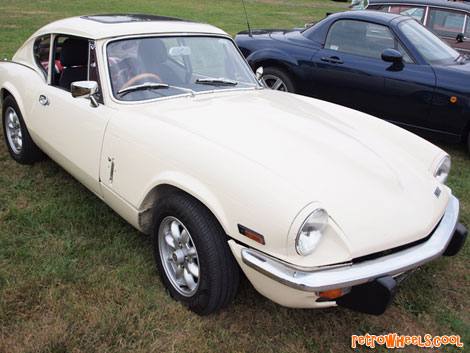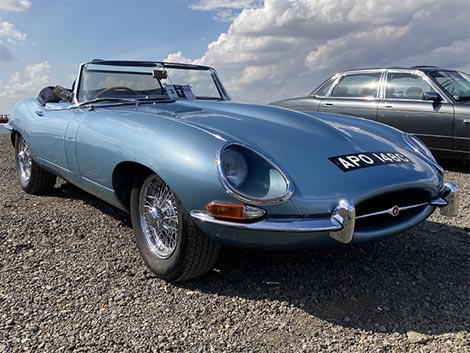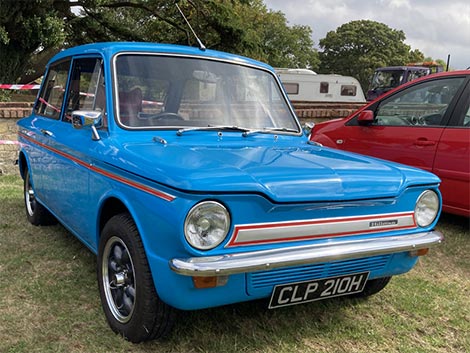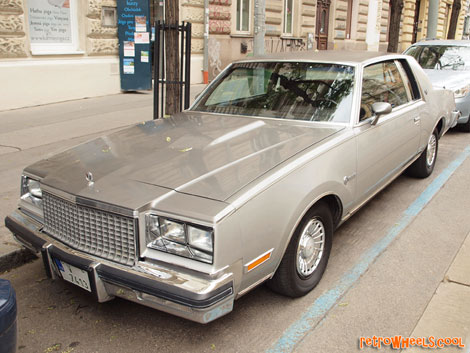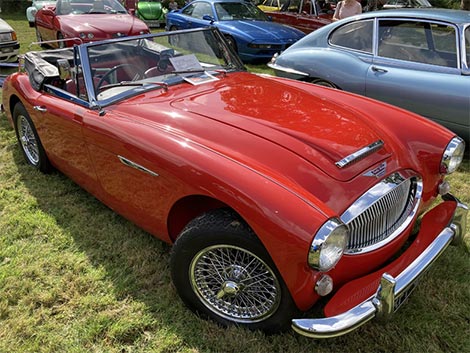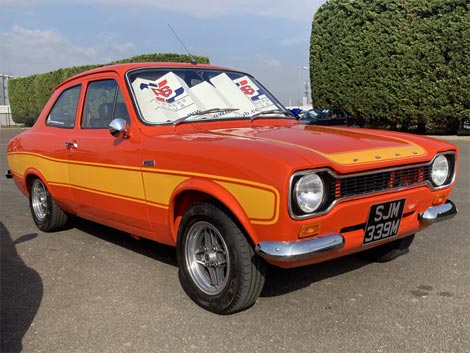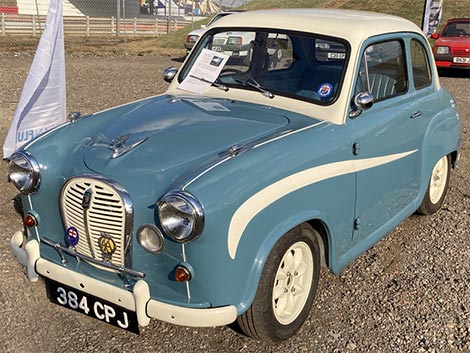

The following photosets are tagged British Leyland - click on the thumbnails for more images and descriptions of each vehicle
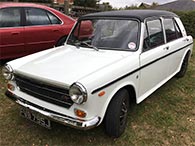
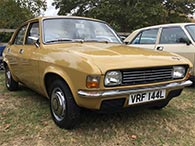
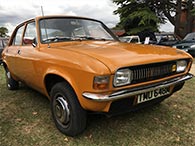
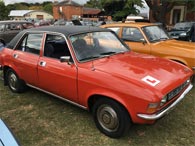
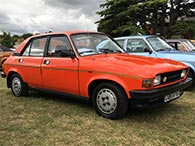
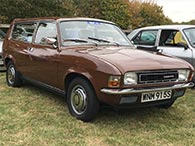
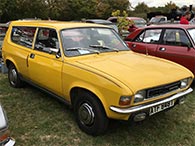
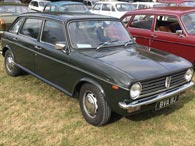
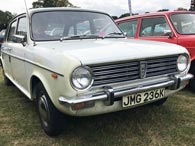
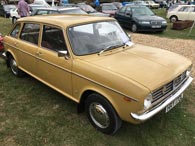
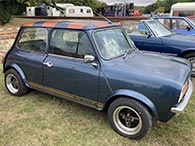
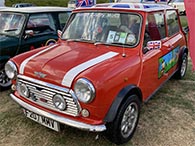
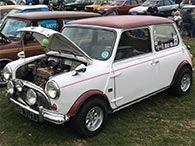
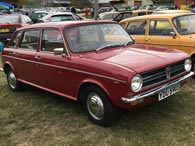
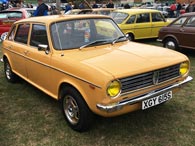
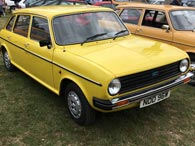
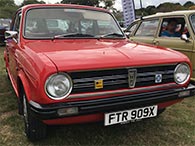
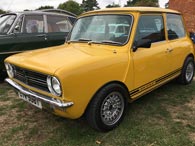
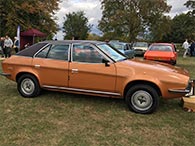
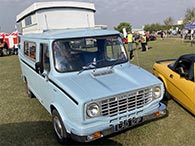
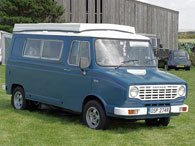
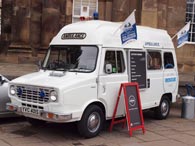
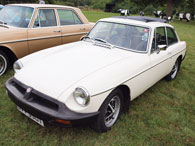
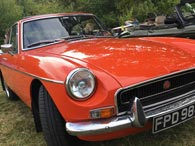
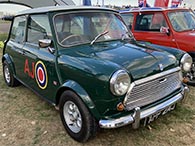
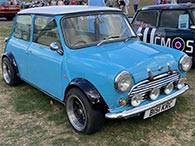
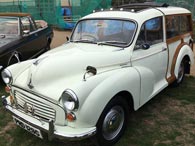
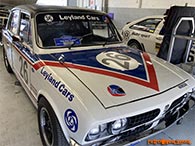
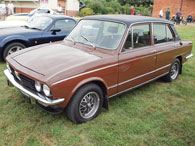
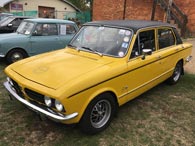
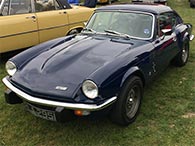
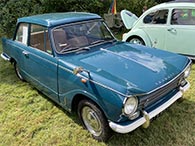
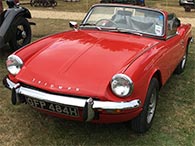
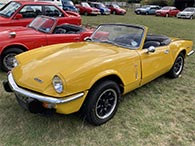
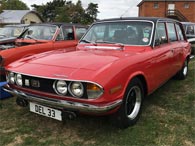
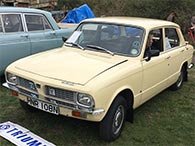
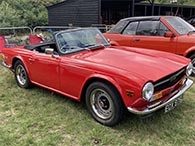
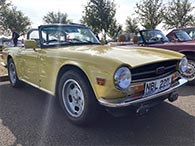
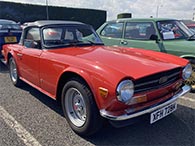
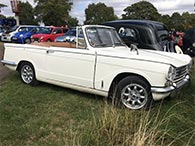
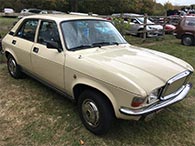
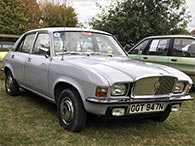
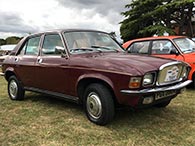
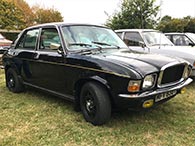
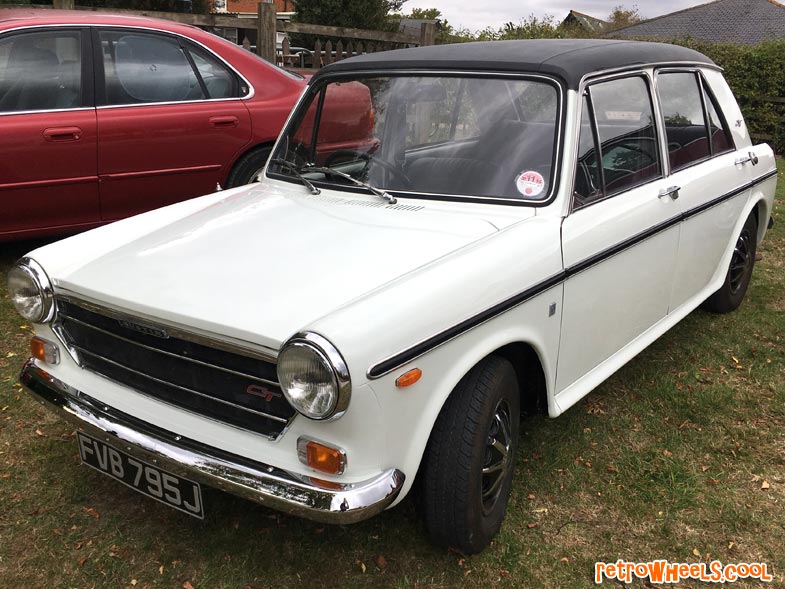

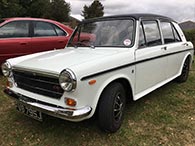

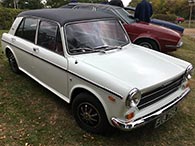
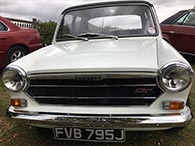
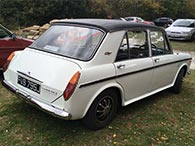
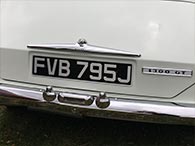



1970 Austin 1300GT, built at Longbridge, Birmingham, and registered in April 1971.
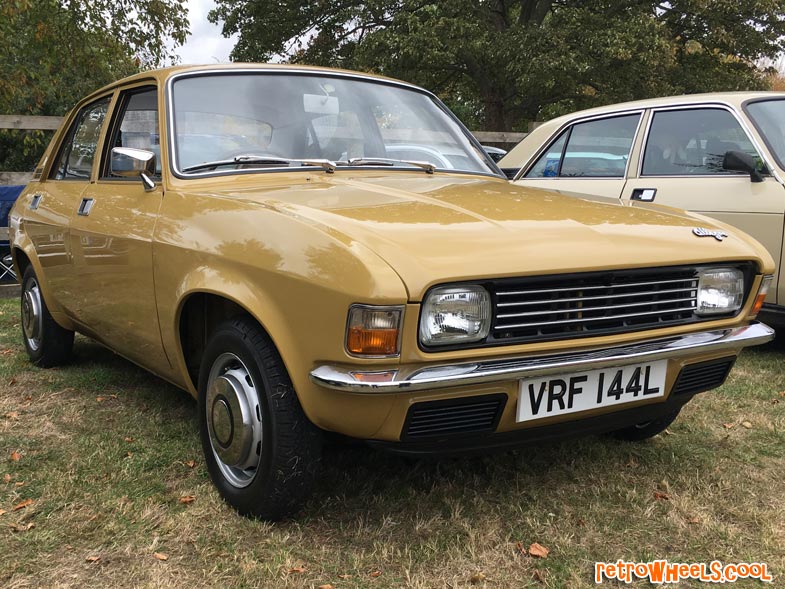

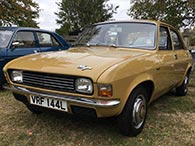

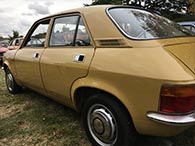
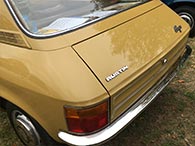



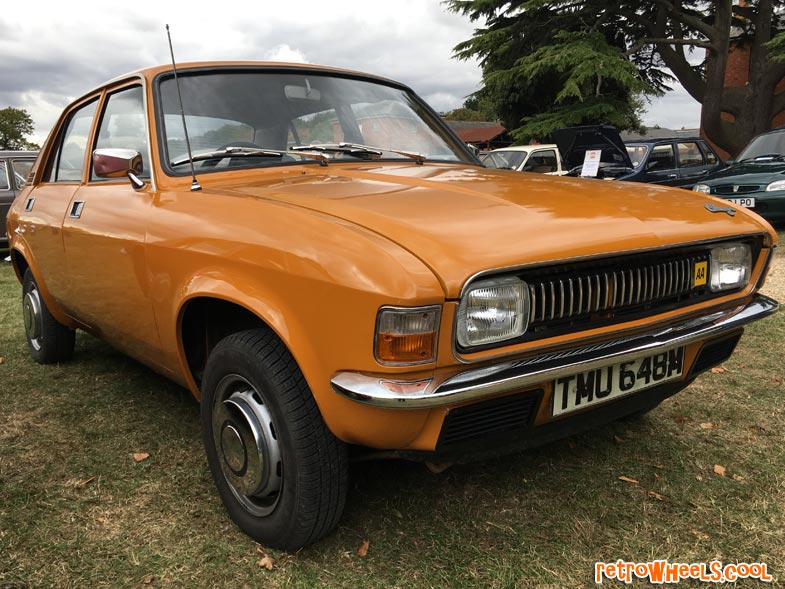

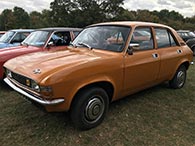
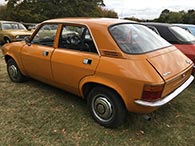
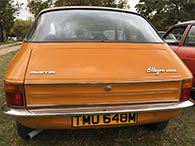
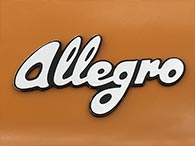



1974 Austin Allegro. The original design for this car was by Harris Mann, but it was for a far sleeker, more aerodynamic vehicle. The final production model was a lot more rounded, and some might even say ugly. But its somewhat rounded body styling (and choice of finishes) screams 1970s. The Austin Allegro certainly had plenty of character! This four-door saloon is fitted with a 1.3 L A-Series I4 (1275 cc) engine and was registered in May 1974. Looks fab in orange! (Is it BL's Bronze Yellow?)
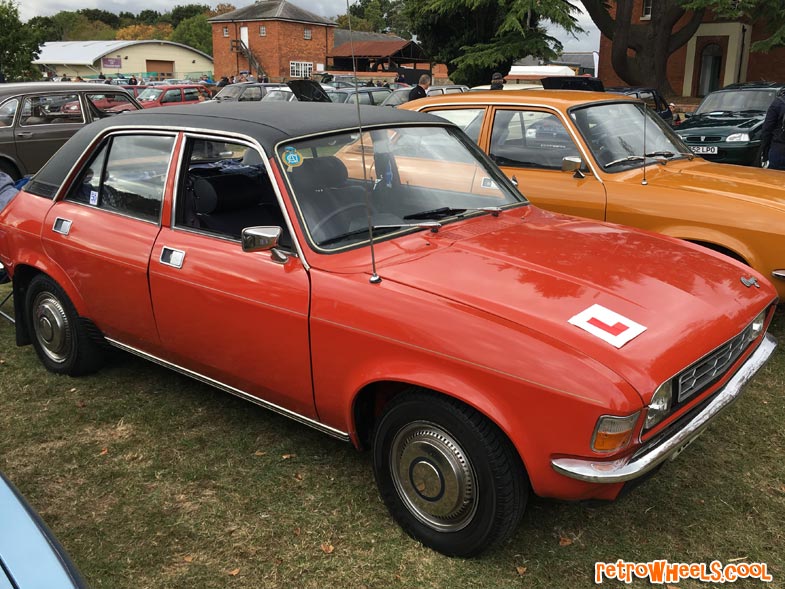

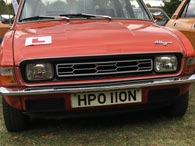
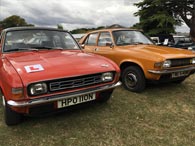
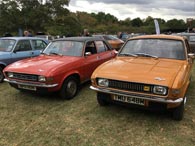
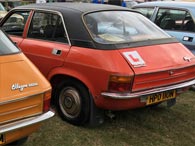
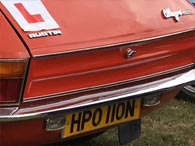



The Austin Allegro was manufactured at Longbridge, Birmingham between 1973 and 1982, with significant revisions in late 1975 and late 1979. available as a 2-door saloon, a 3-door estate, and as seen here a 4-door saloon. This one is in BL's Blaze red(?) with a black vinyl roof. A fine-looking combination! Registered in June 1975, this is one of the first 'series 2 ' Allegros. It is equipped with the larger 1.5L (1485cc) E-Series I4 engine, and certainly makes a statement. Pictured alongside a 1974 Austin 'series 1' Allegro - note the differing front grilles.
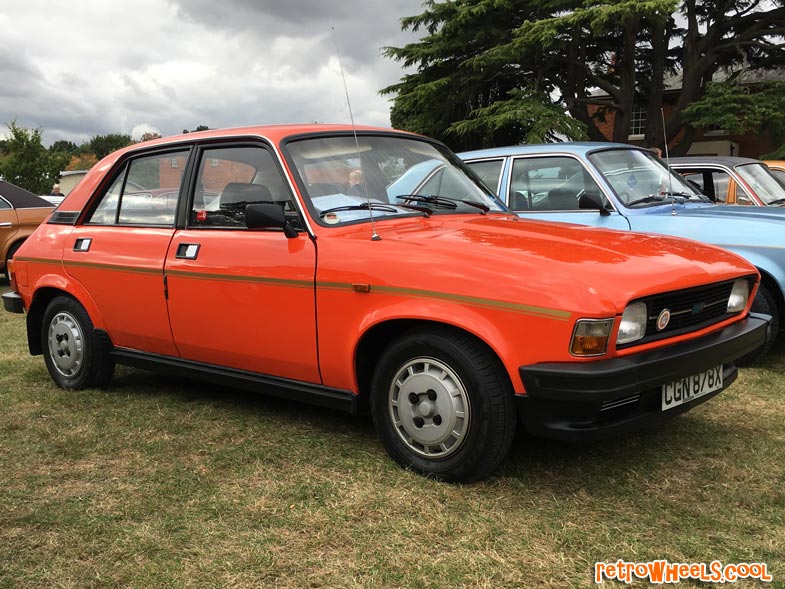

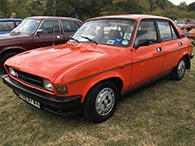
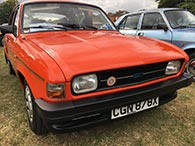
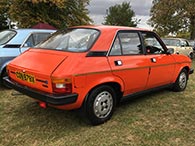
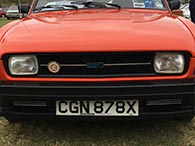
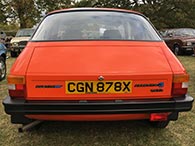



This is 'Lola'. "The new driving force from Austin", or the Austin Allegro, was built from 1973 until early 1982, with revisions in late 1975 and late 1979. 642,350 vehicles were completed over the period. This example is a 1981 Austin Allegro 3, registered in September 1981. The Allegro was available with a 1.0L, 1.1L, 1.3L, 1.5L or 1.7L engine. This one has a 1.5L E-Series I4 engine (1485 cc) and is in Leyland's Vermillion (its orange whatever you call it!). But it's a nice-looking car!
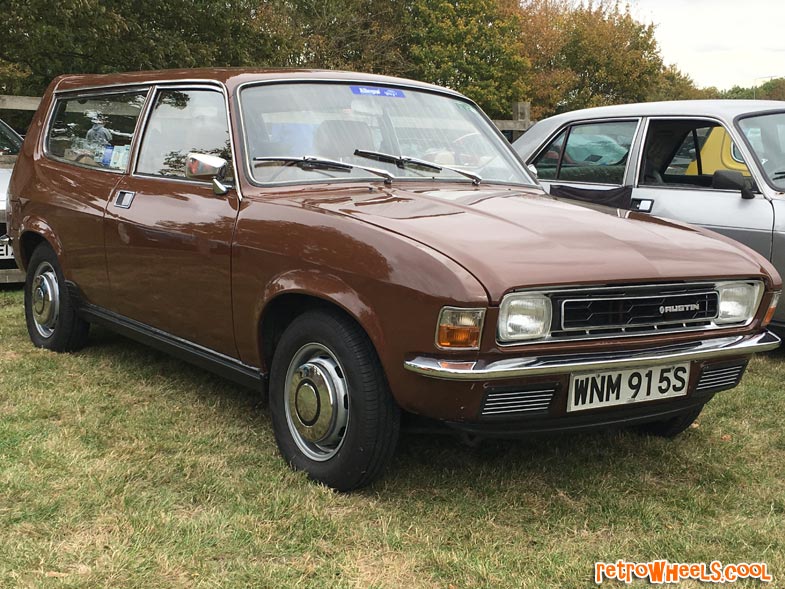

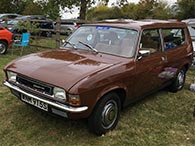
Austin Allegro estate. The 3-door estate version of the Austin Allegro was launched in April 1975 - but this example is a second-series Allegro 2 built in 1977 and registered in January 1978. 1275cc (1.3L A-Series I4 engine).
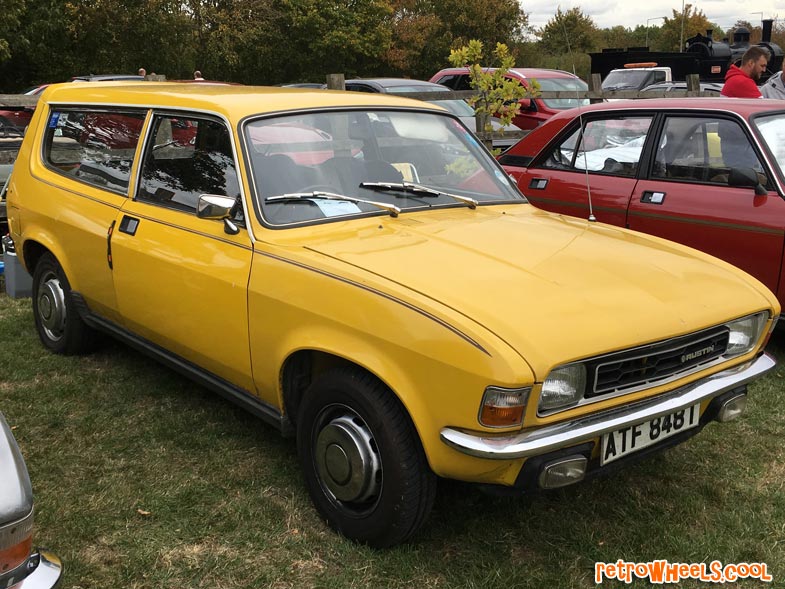

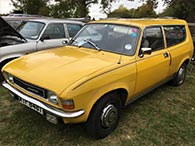
This is a nice example of a second series Austin Allegro estate from 1979. 'Yellow Devil' finish. 1275 cc, registered June 1979. The second series Allegro has a new 'hexagonal cell' front grille.
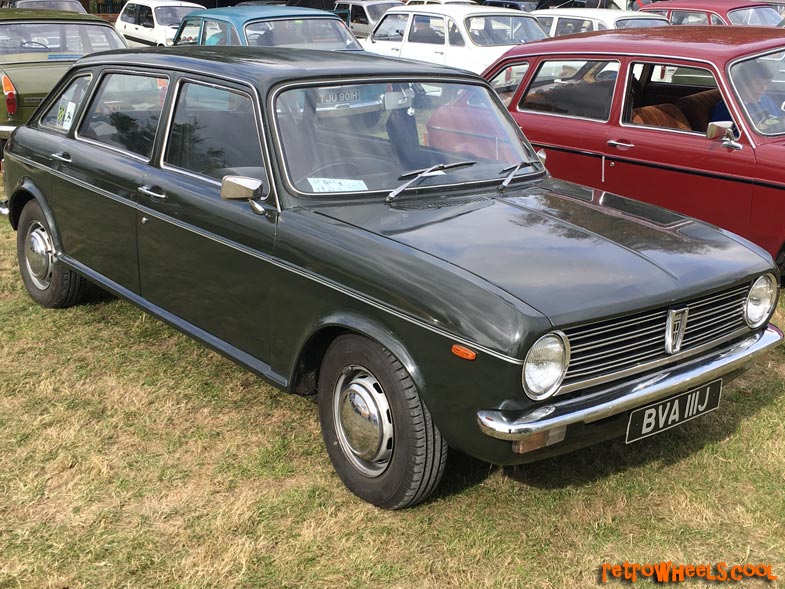

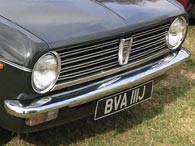
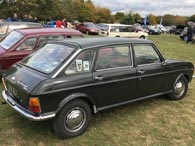
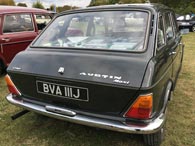
1750cc, registered April 1971. Designed by Alec Issigonis


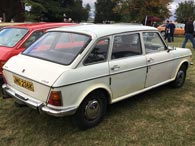
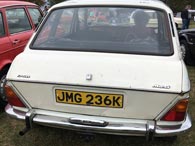
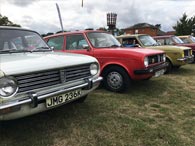
1750cc, registered January 1972
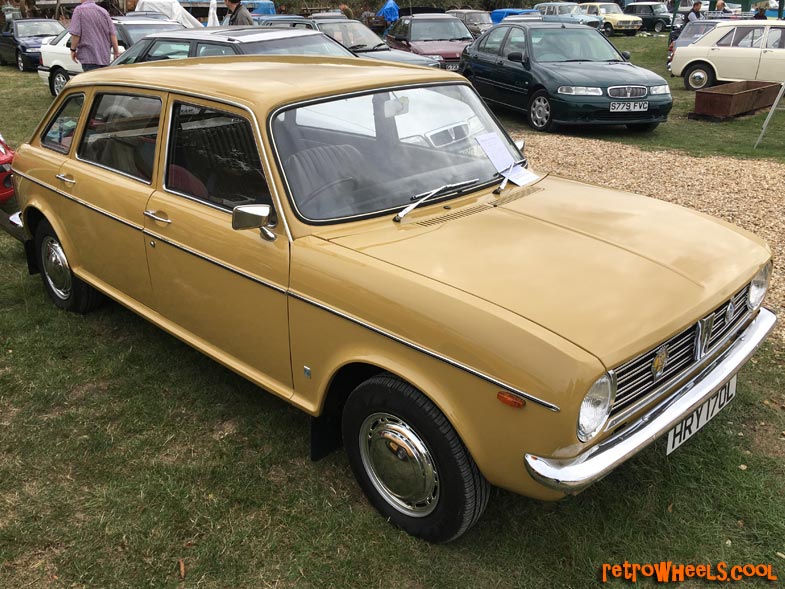

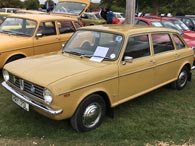
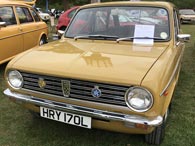
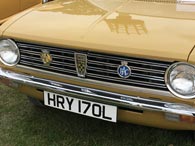
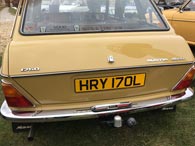



1748cc, Registered May 1973
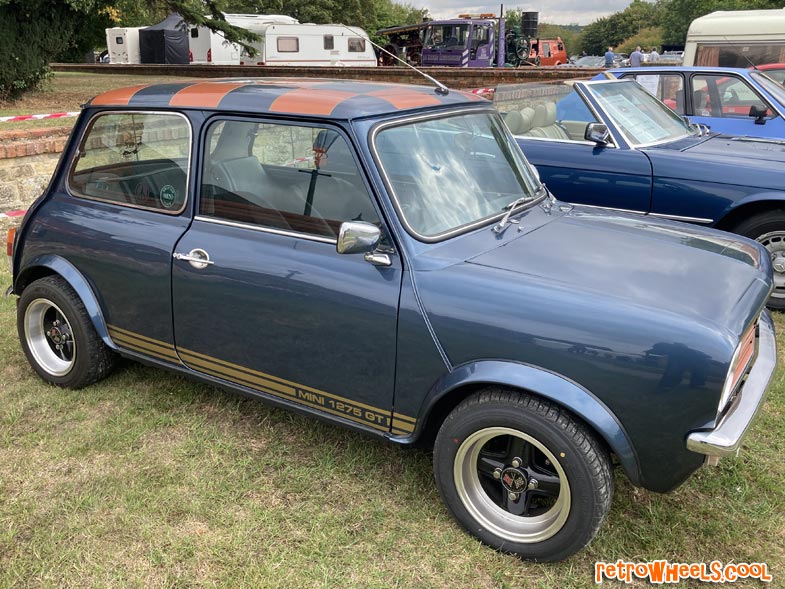

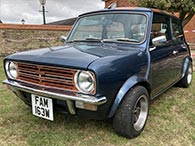
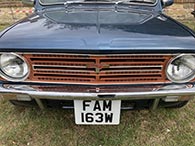
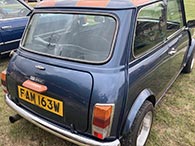
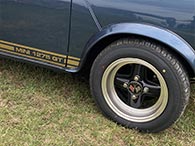



1980 Austin Mini 1275GT (1275 cc) registered August 1980
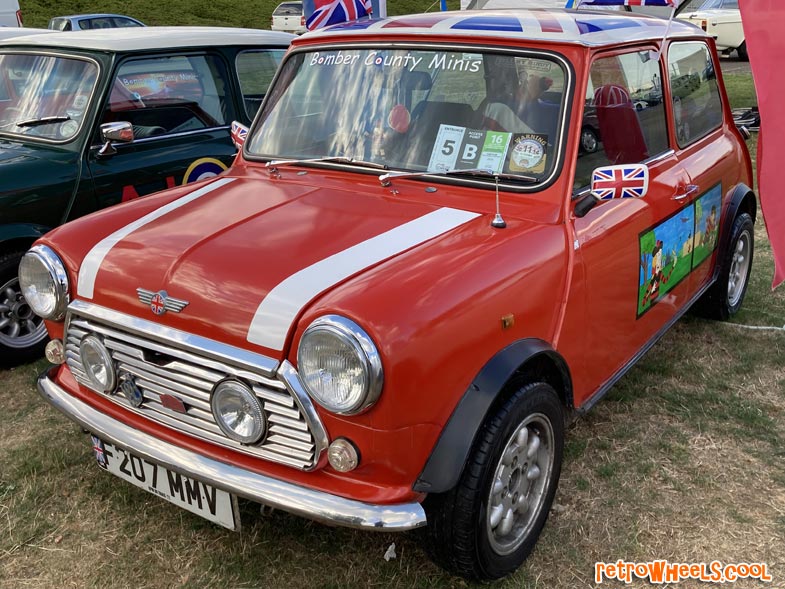

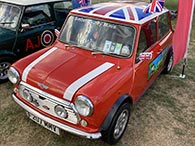
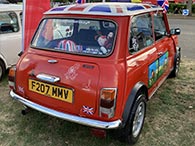
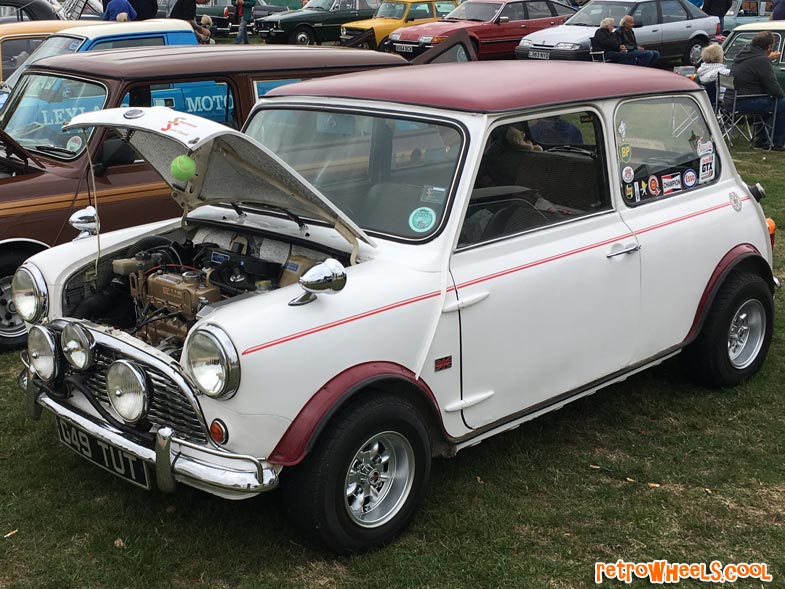

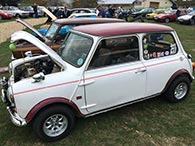
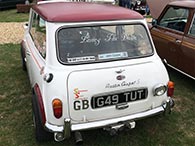
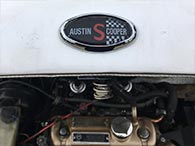
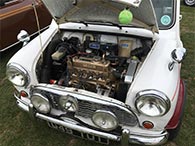
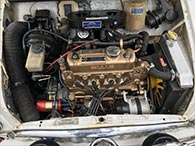



1989 Austin Mini Cooper S. 998 cc. Registered August 1989.
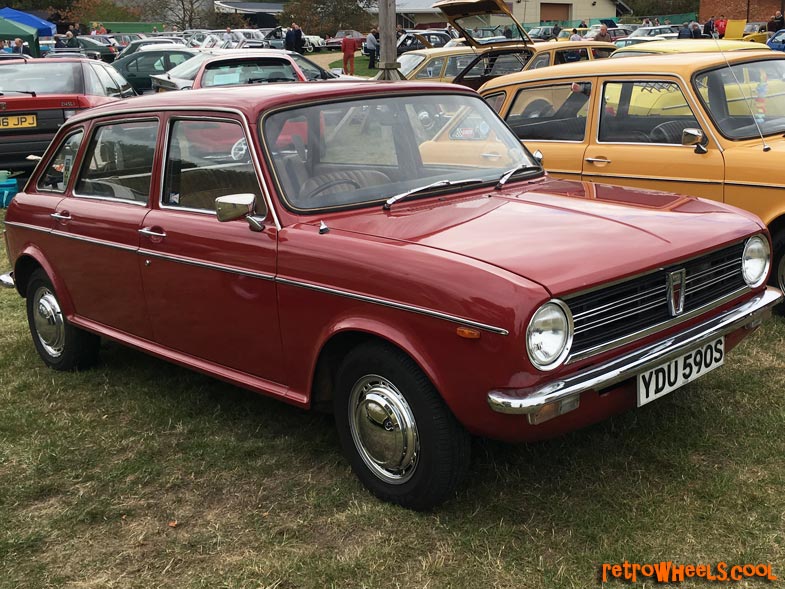

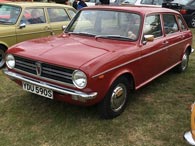
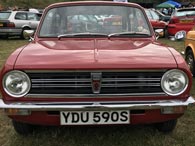





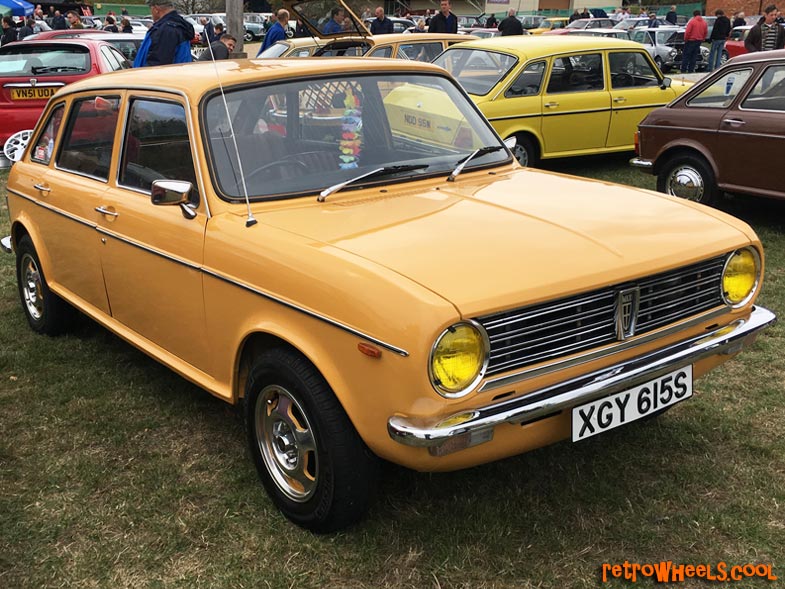

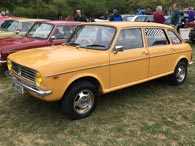
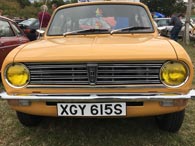

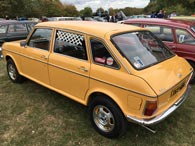
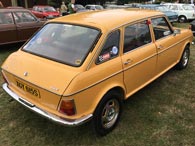
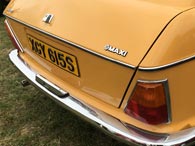



Registered May 1978, 1885cc
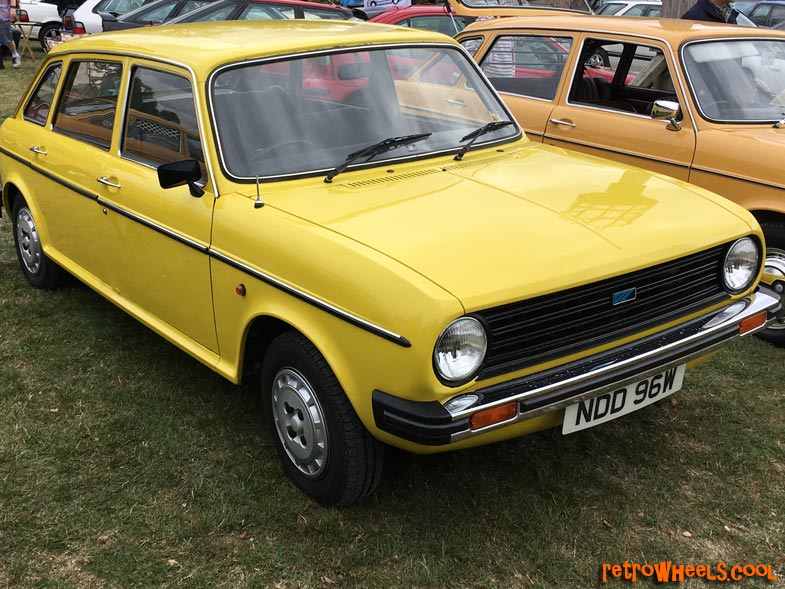

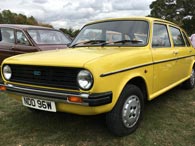
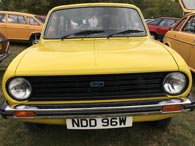
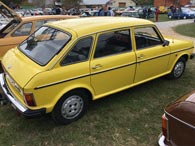
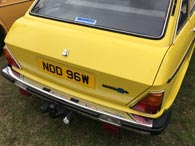
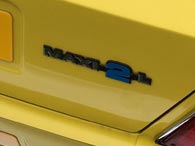



Registered September 1980, 1748cc
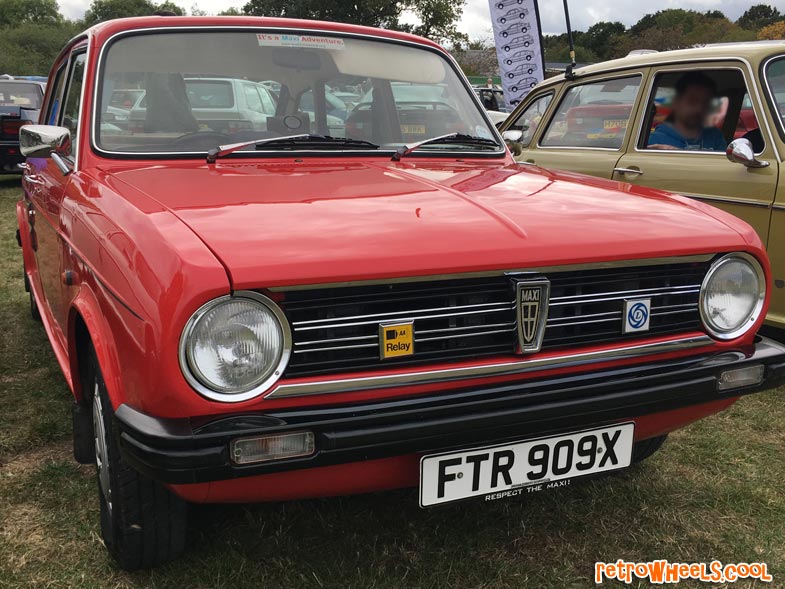

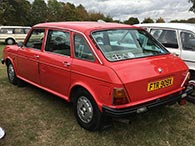
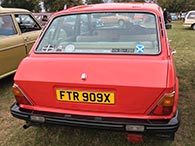
1981 Leyland Maxi (1748 cc reg sept-81) FTR 909X (used)
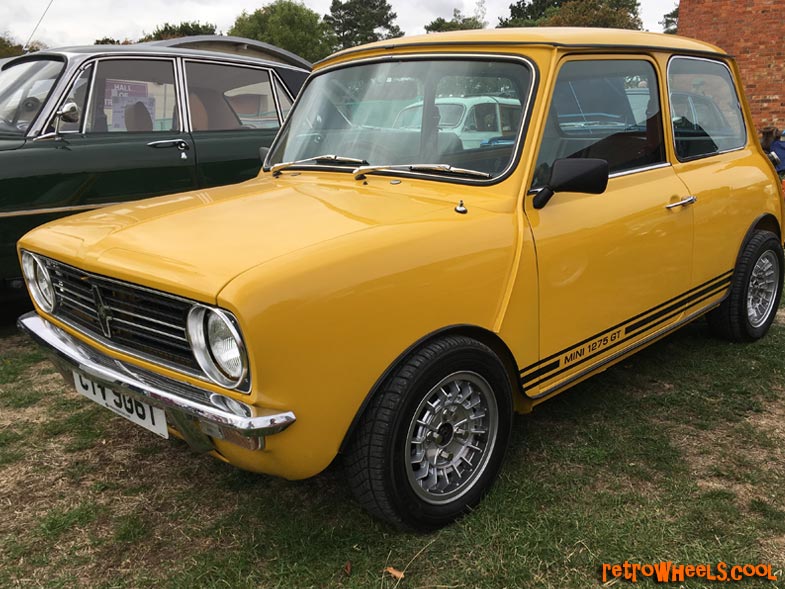

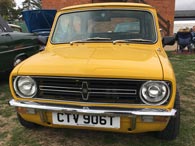
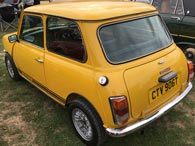
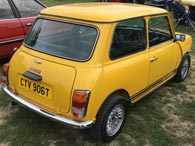
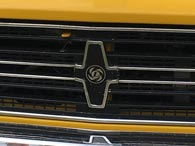



The Mini 1275 GT was the performance version of the mini, with, as the name suggests a 1275cc petrol engine, and built at the British Leyland plant in Longbridge Birmingham. This really is a lovely example, registered in April 1979.
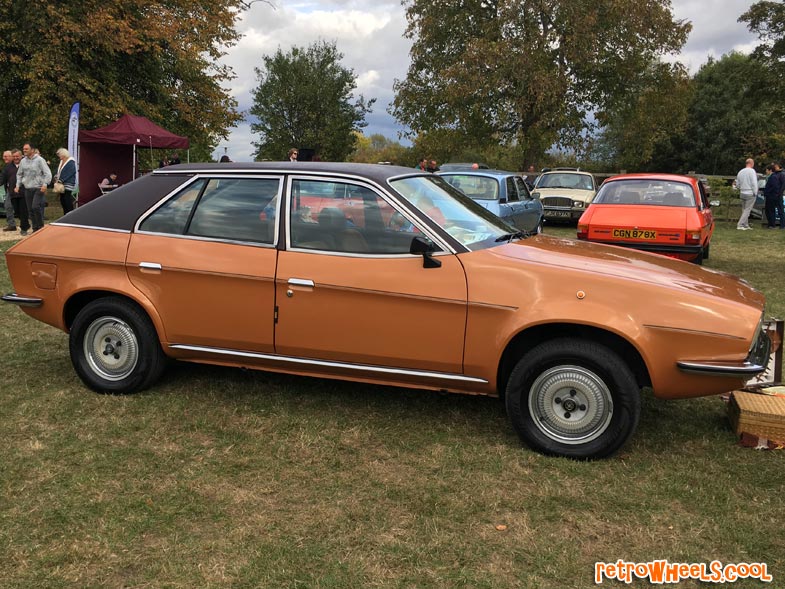

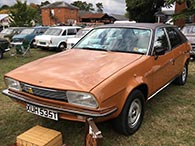
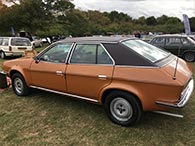
1978 Leyland Princess 2200 HLS (2227 cc). Now this is a model that goes by many names. Production began in 1975, prior to British Leyland's move away from different marques... and the 'Princess' (initially just the 1800 or 2200 depending on engine size) was available branded Austin, Morris, or Wolseley. From September '75 it became the Princess. Like the Allegro (ADO67) the Princess was designed by Harris Mann, but unlike the Allegro, it remained close to his original wedge-shaped concept. But the similarities between the two cars are certainly there. This one was registered in November 1978, by which time the various British Leyland brands had been brought together and is badged Leyland Princess. Actually, the model was revised in July 1978, and this is a Princess 2 - and the top-of-the-line HLS variant with 2.2L E-series six-cylinder engine. Very cool car indeed!
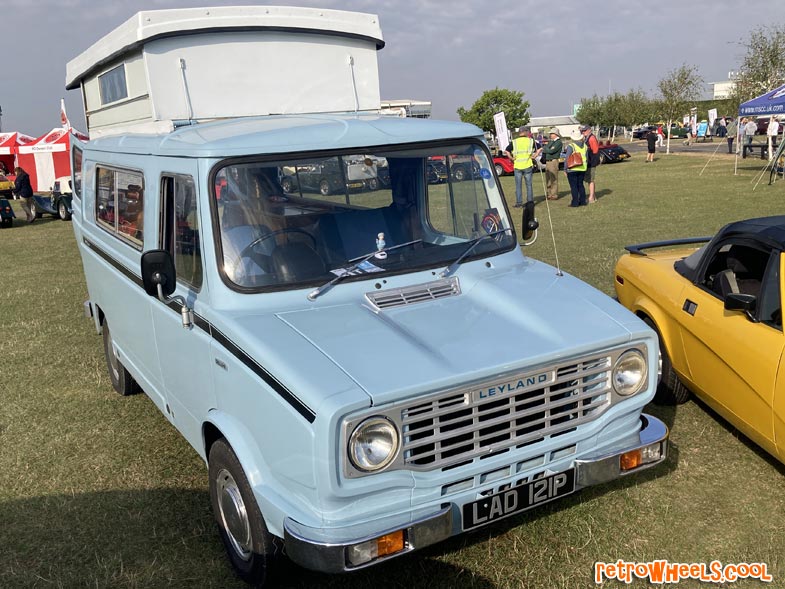

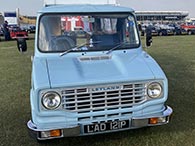
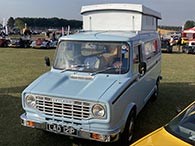
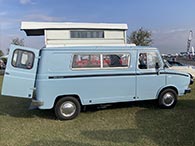
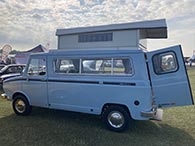
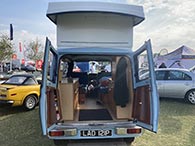



1975 Leyland Sherpa camper van with pop-up roof. 1798cc. Registered October 1975.
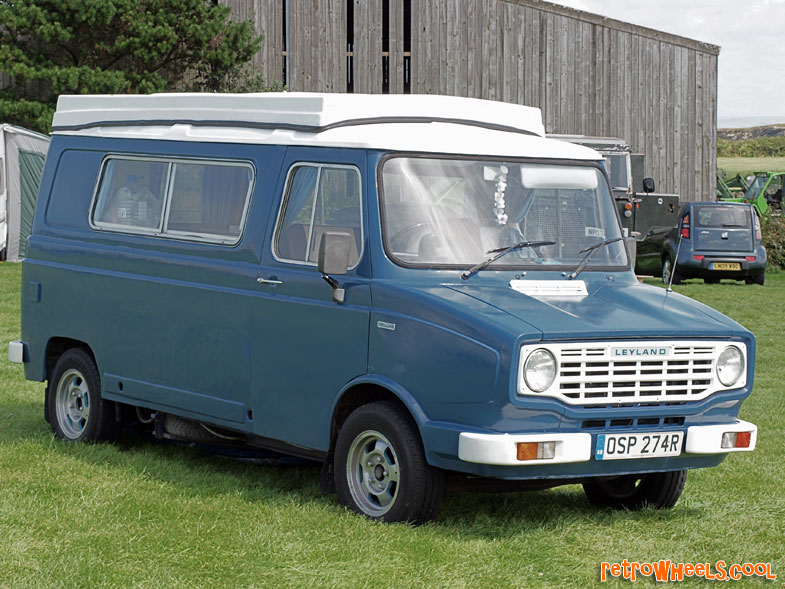

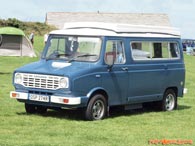
The Leyland van (Austin Morris) was first produced in 1974, before being named the Leyland Sherpa in 1975.This mid-seventies Sherpa has had a pop-up roof fitted, and a 1798cc petrol engine. Roll on the holidays!
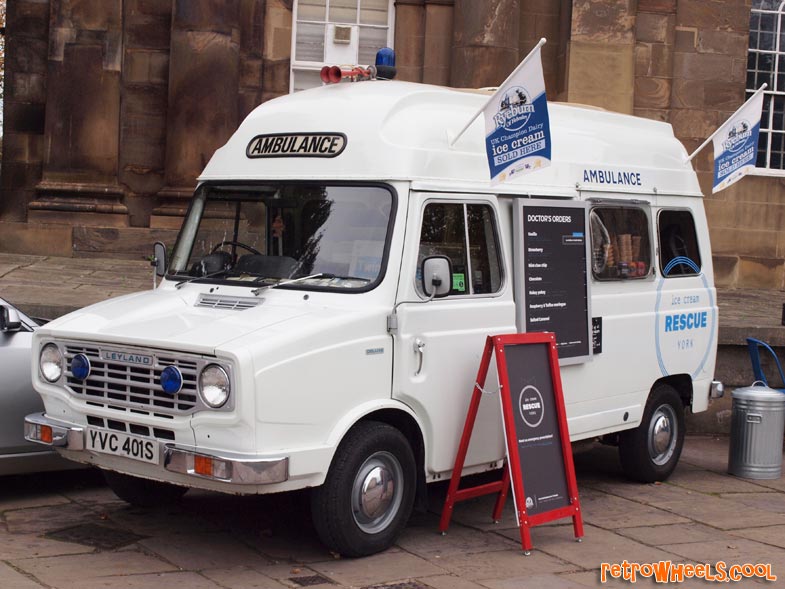

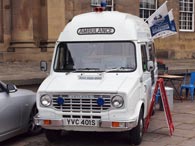
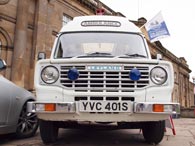
This cool Leyland ambulance is now selling ice creams in York, UK. First registered April 1978. A few months later, the Leyland Sherpa would become the Morris Sherpa. This example has the 1798cc petrol engine.
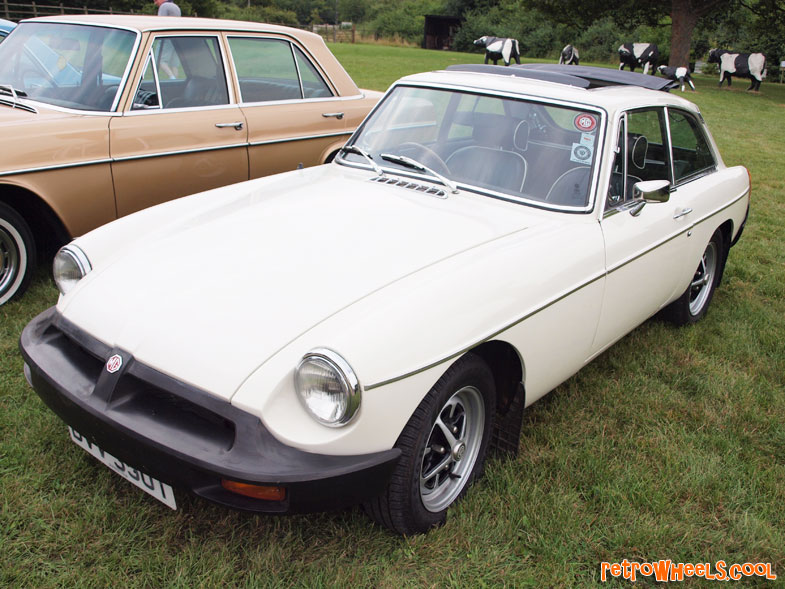


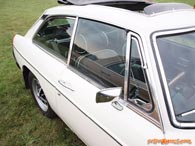
Really nice late seventies MG hardtop in Porcelain White - what a looker! One of the later examples (production ceased in 1980). From the mid 1970s onwards, the MGB was fitted with the rubber front bumper (compare with the chrome of earlier examples here).
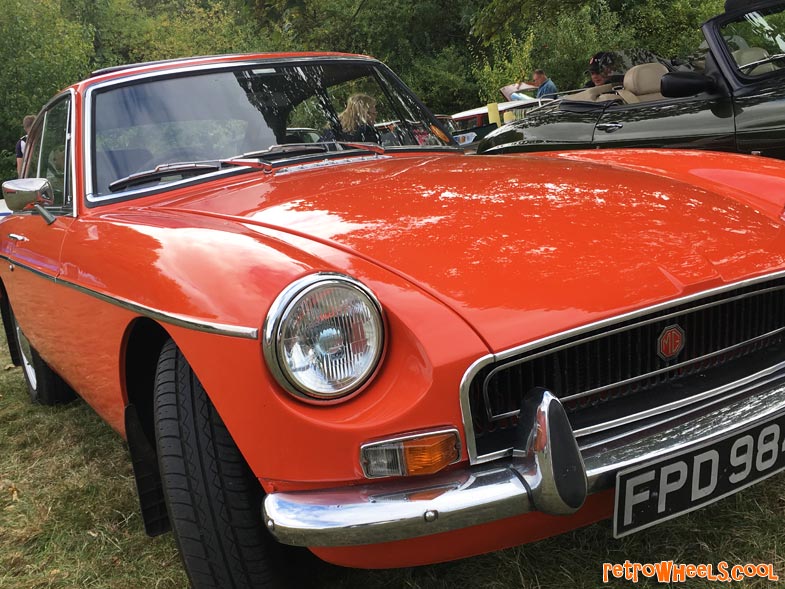

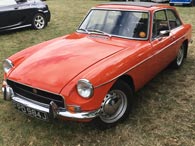
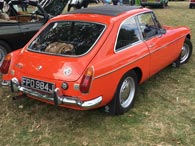
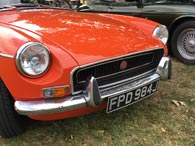
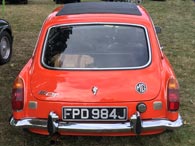
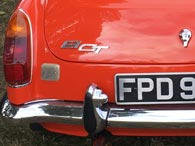



Gorgeous orange MGB GT 1798cc petrol engine. The GT was the coupe version of the MGB. This one was made in 1971 - the production period being 1965 to 1980. Blaze Orange. Fantastic looking car!
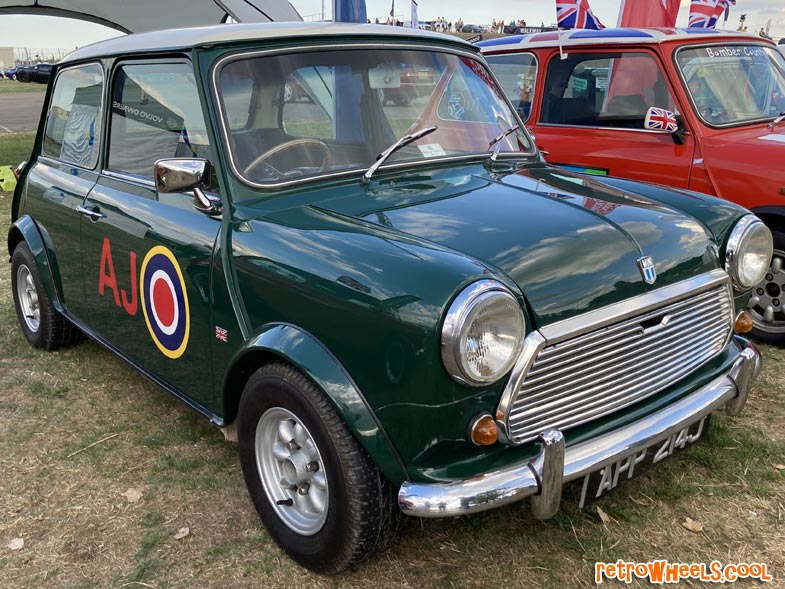

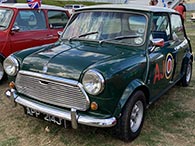

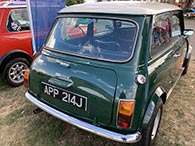
1970 Mini Cooper S Mk3. By 1970, although still manufactured at the Austin Longbridge plant, the Mini was no longer badged Austin or Morris, and was simply called a Mini. Mini Mk3 production ran 1969-1976, but Mini Cooper S manufacture was limited to 1570 vehicles and had ceased by 1971. This one was registered in August 1970. Great looking car in Spitfire green with World War 2-style RAF roundel. Smashing little Mini.
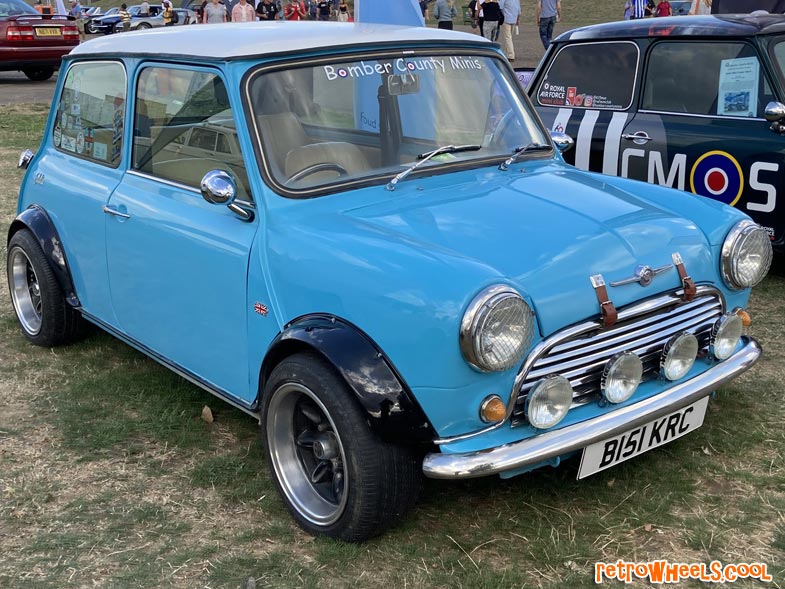


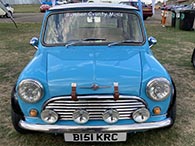
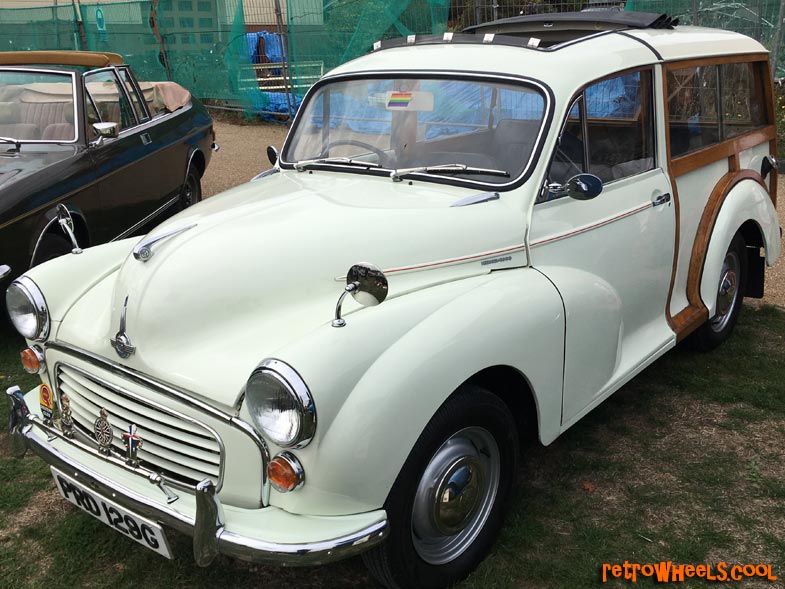

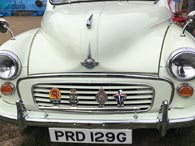
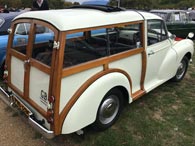
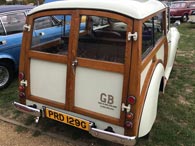
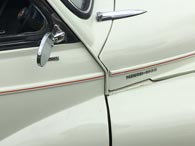
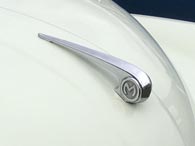



First registered March 1969 - 1098cc
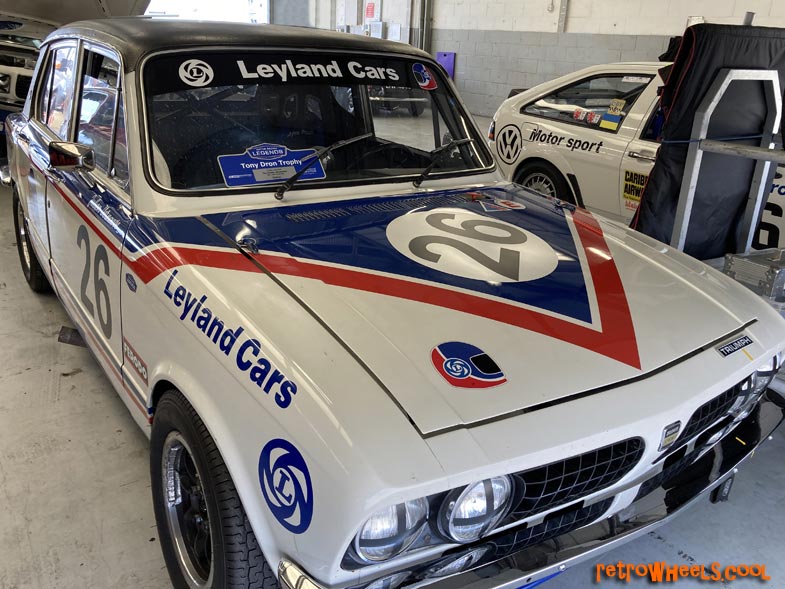

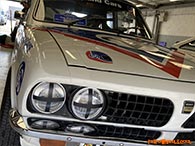
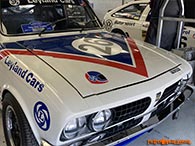
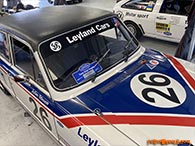
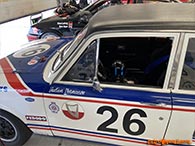
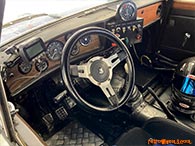
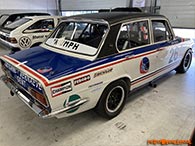

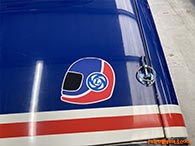



2L 1973 Triumph Dolomite Sprint. #26 at Silverstone 2022. Fantastic looking, (in British Leyland race livery) and ready to race. Tony Dron trophy class winner, Motor Racing Legends, Silverstone 2022.
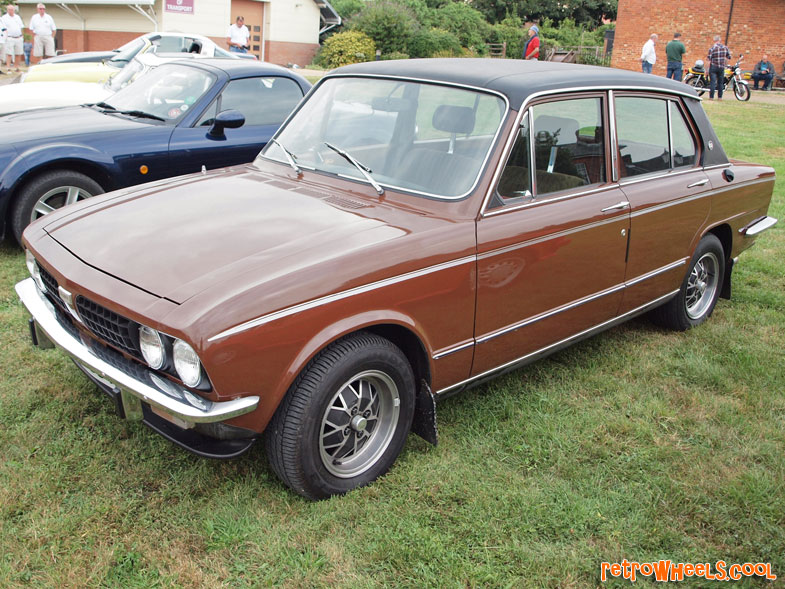

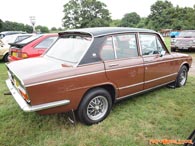
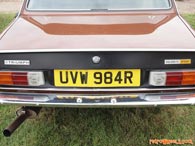
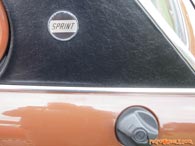
The Dolomite was available from 1972 and until 1980 - the Sprint was the luxury high performance version was added to the line in '73, with vinyl roof and two litre (1998cc) petrol engine - this fine condition '76 example is in Russet Brown with Chestnut cloth interior.
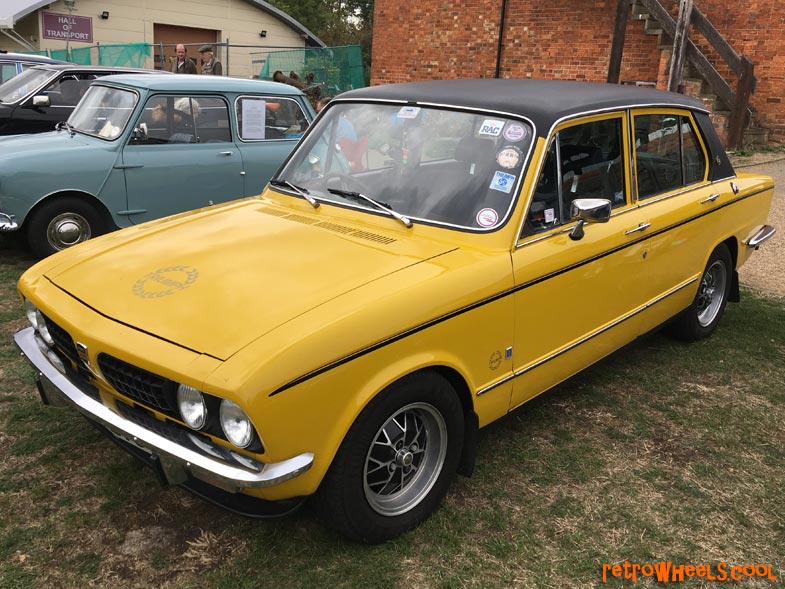

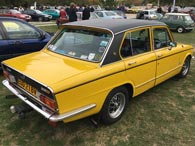
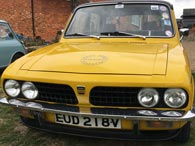
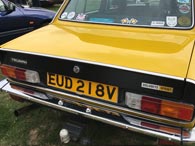
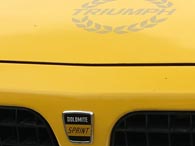



Over 200,000 Triumph Dolomites were produced between 1972 and 1980, with the Sprint model added in 1973. The Sprint was the higher performance model (1998cc petrol engine) with luxury trim, selling over 22,000 units in this time. This example was registered in April 1980 - one of just 493 Dolomite Sprints produced in that, it's final year. Certainly a cool car... check it out!
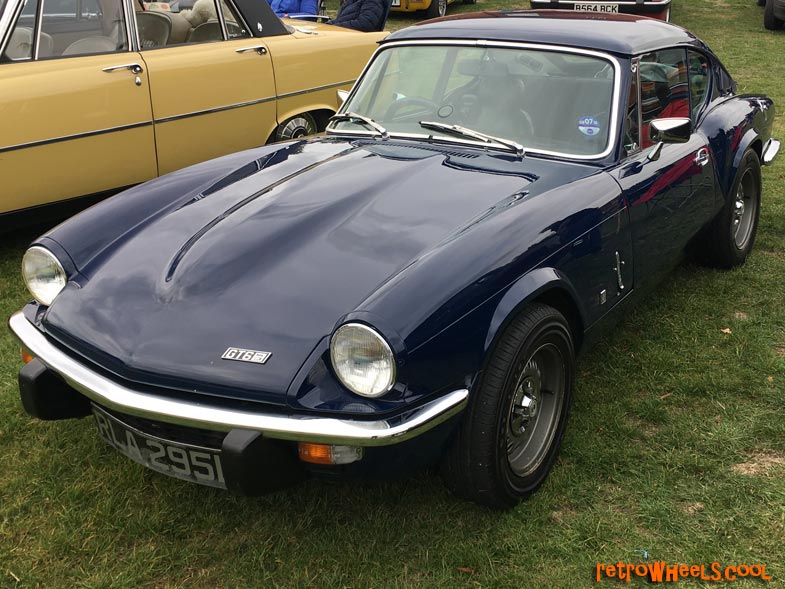

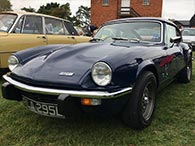
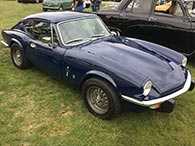
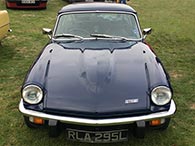
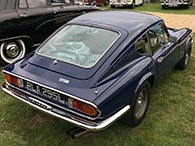



1973 Triumph GT6. Whilst GT6 production started in 1966, manufacture of the GT76 mk3 ran October 1970 to December 1973. Again, like so many Standard Triumph classics created in the 1960s, the body styling was the work of Italian designer Giovanni Michelotti. 1996cc inline 6 engine. This example was registered in May 1973.
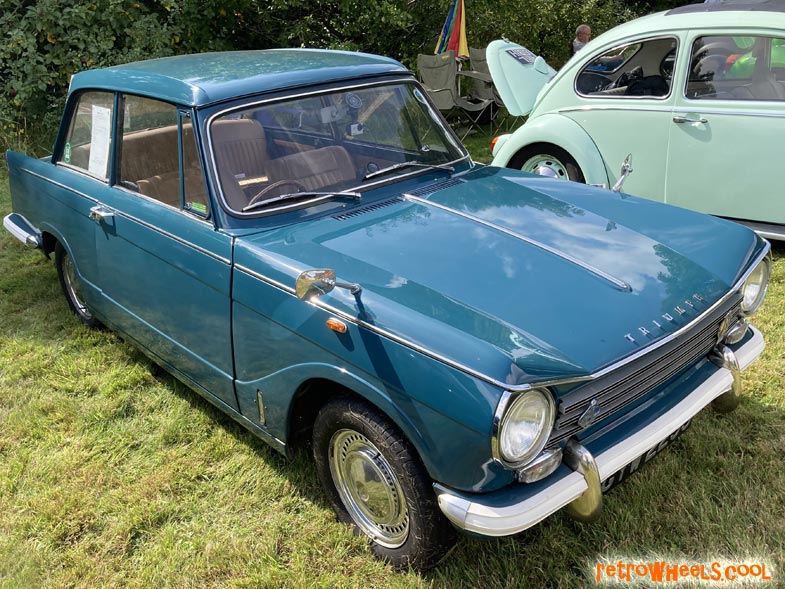

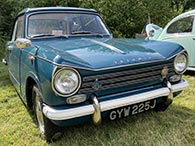
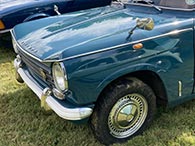
British Triumph Herald production ran from 1959 until 1971, though manufacture of the saloon version of the Herald 13/60 ceased in December 1970. This example, in Triumph's Valencia Blue, was registered in July 1971, and must have been one of the very last 13/60 saloons completed. The 13/60 has a larger (1296cc) engine than earlier Triumph Herald variants. Very cool car!
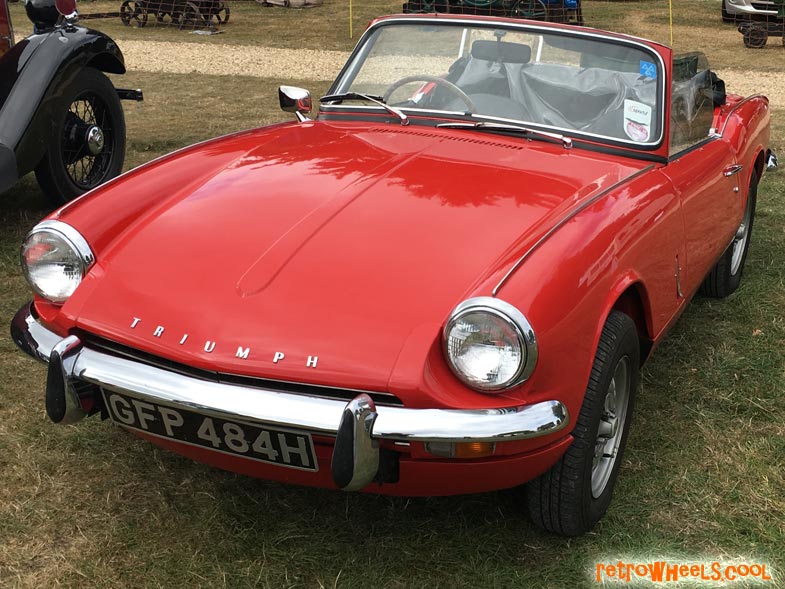

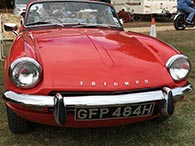
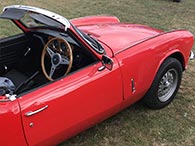
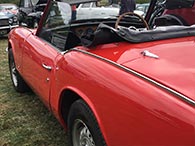
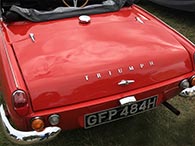
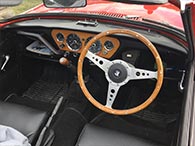



The Triumph Spitfire had a long production run spanning 1962 right through to 1980. Mark 3 Triumph Spitfires were built 1967-1970 with 65,320 shipped in this time. Like so many other of Triumphs 1960s models, this car was styled by Italian designer Giovanni Michelotti. And what a great little car he came up with! Named after the World War 2 British aircraft, and with maybe somewhat of a resemblance, the Spitfire was solely available as a 2-door roadster / convertible. A very cool, and highly desirable classic Triumph!
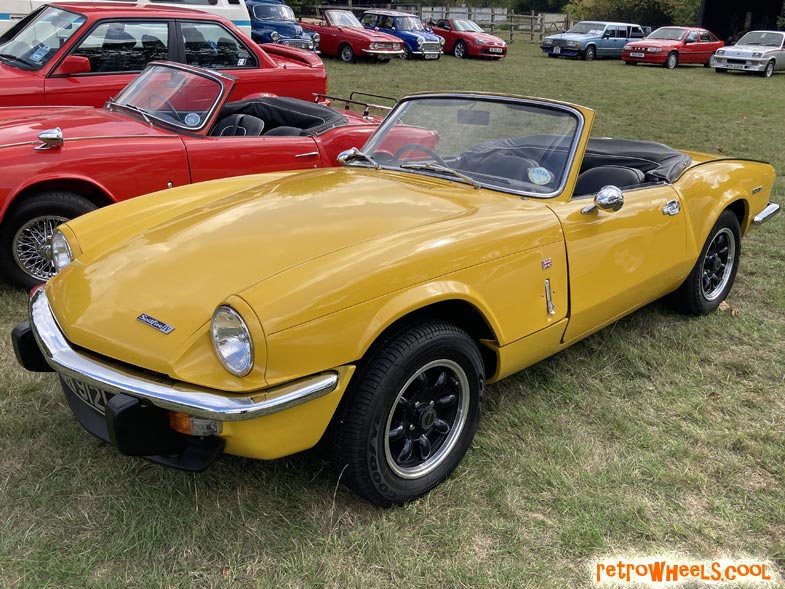

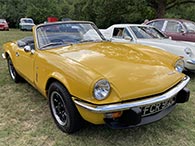
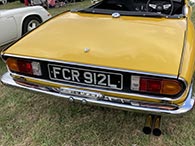
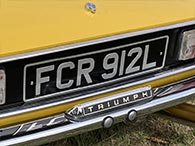
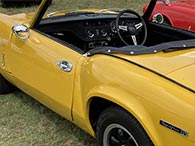
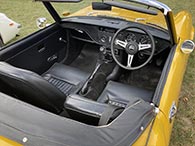



Lovely yellow Triumph Spitfire mark IV. The mkIV was in production circa 1970-1974, with 70,021 examples completed in this time. Like the mk3, it was fitted with the Triumph 1296cc Standard SC I4 engine, and was available as a two-door convertible (as seen here), or with a hardtop. This example was registered in November 1972.
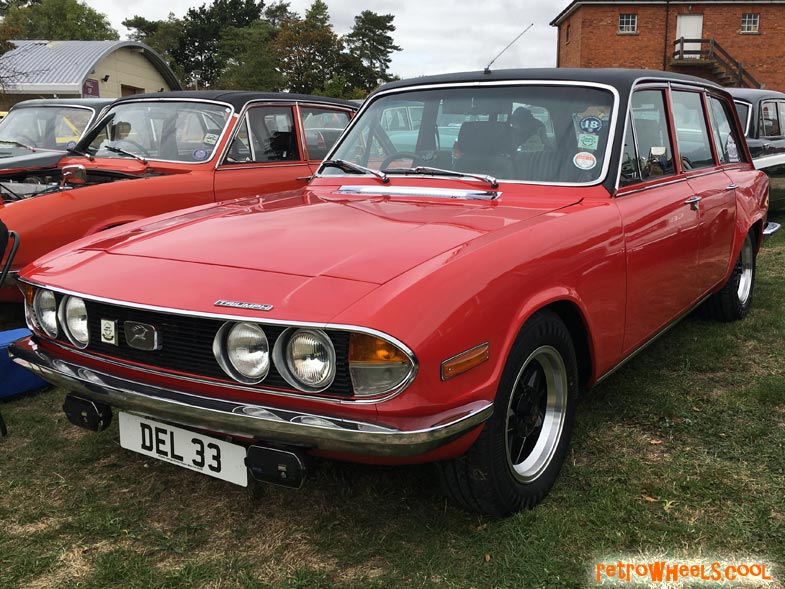

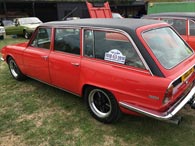
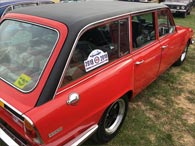
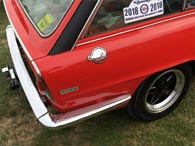
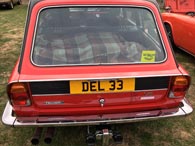



A Triumph Stag Estate I hear you cry! This car was built/converted in 1972 by Ian 'Del' Lines (hence the plate) at Atlantic garage in Weston super Mare. He then produced twenty five more Del Lines Stag Estates - thanks to a positive feature in Motor magazine - but was forced to stop after British Leyland intervened. It's a very cool looking car, and plenty useful too (this was Lines personal vehicle). It's been around a bit and is recently restored - read more about the restoration process here. 2998 cc. registered July 1972. Totally cool, very unusual, and certainly a conversation piece!
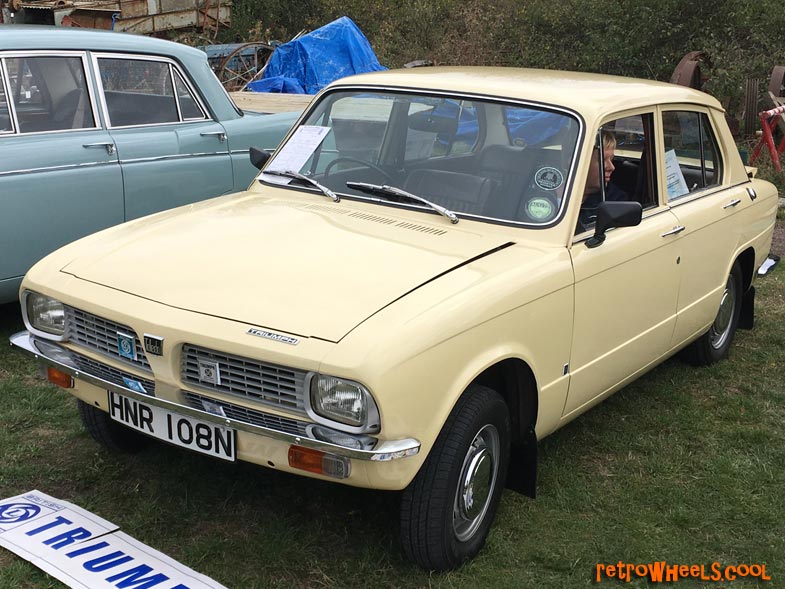

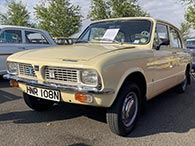
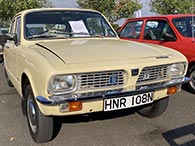
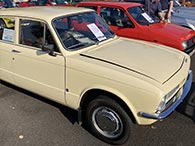
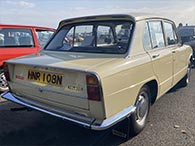



1975 Triumph Toledo. The Triumph Toledo was produced in the UK at the Canley plant between 1970 and 1976, as a two-door or, (as seen here) four door saloon. This example is one of the 113,294 1.3L (1296cc) Triumph Toledos built in this time. Registered March 1975.
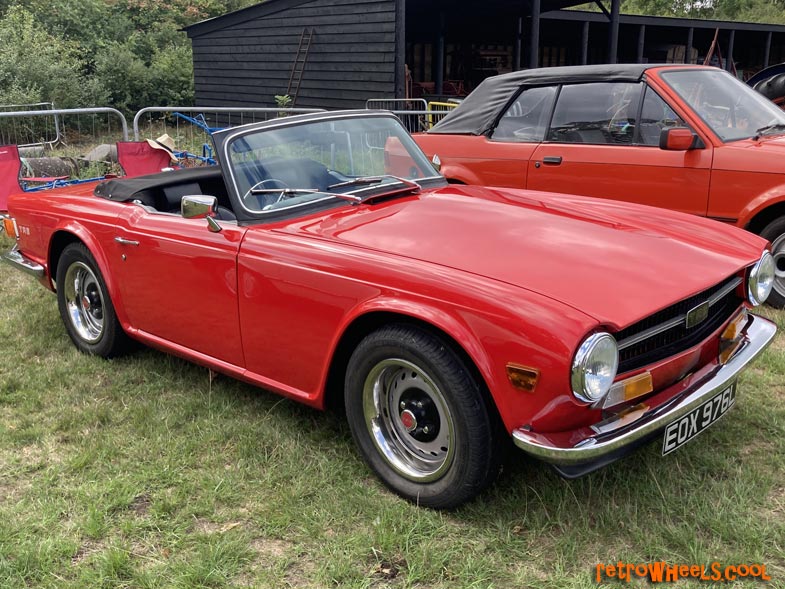

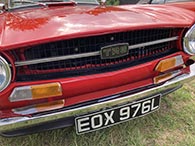
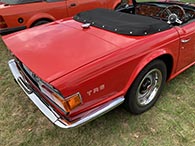
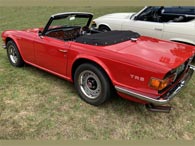
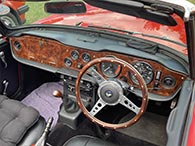
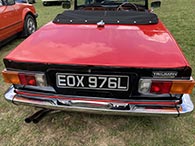



This is a really nice Triumph TR6, first registered September 1972. 2498cc straight 6 engine. The TR6 was conceived as a 2-door roadster / convertible, although an optional steel hardtop was also available.
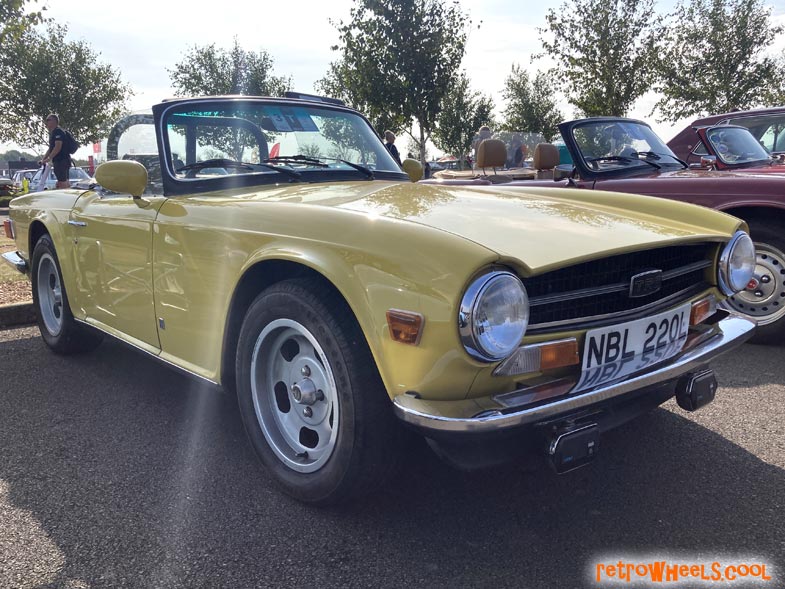

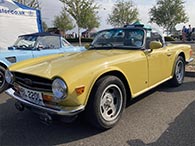
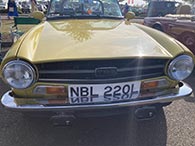
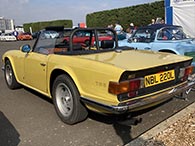
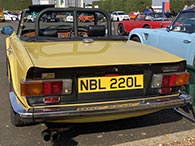



1973 Triumph TR6. 2498cc. Registered February 1973. According to Wikipedia, of a total of 91,850 Triumph TR6s built, 83,480 were exported, almost all to the USA, with just 8,370 sold in Britain. This one is a beauty!
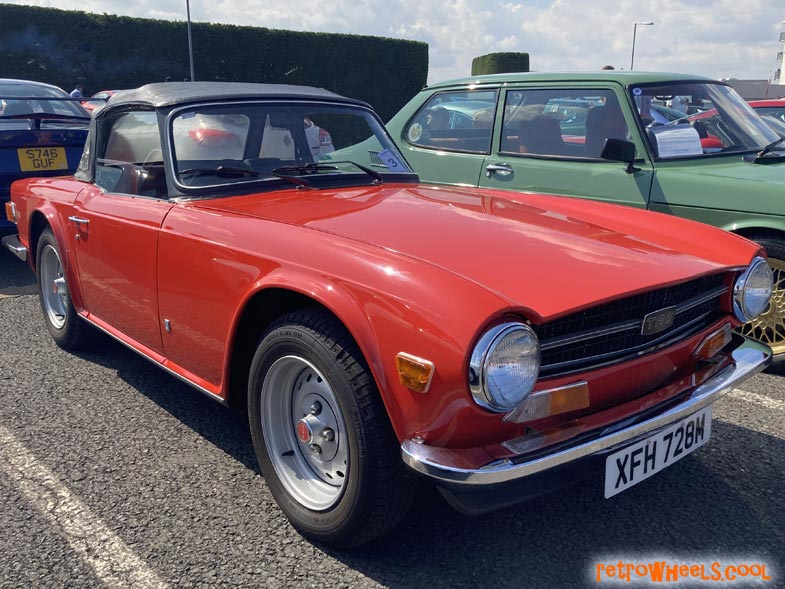

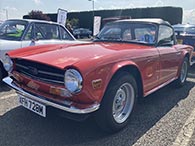
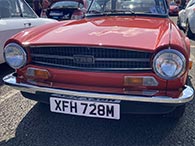
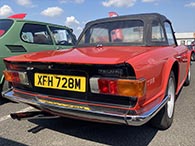
The Triumph TR6 was produced between September 1968 and July 1976. Unlike so many 1960s Triumph sports cars, the TR6 was not styled by Giovanni Michelotti, but Karmann of Osnabrück, Germany. This tasty example was registered in March 1974. 2498cc
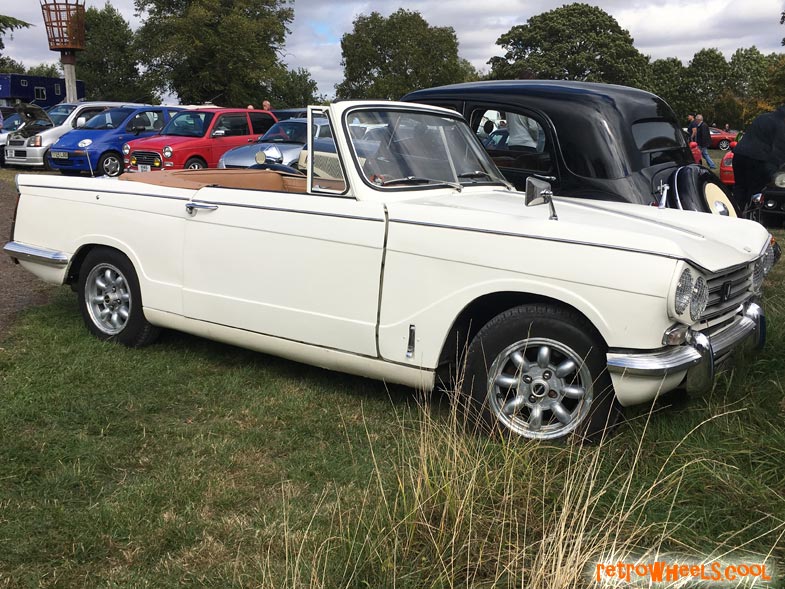

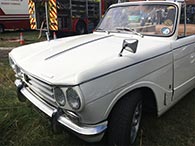
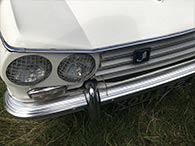
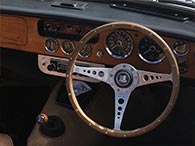
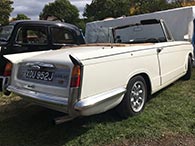
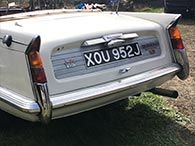
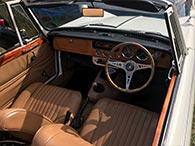



Great looking 1970 Triumph Vitesse mk2. This very nice example was registered in October 1970. The Vitesse was produced from 1962 until 1971, with the mk2 arriving in October 1968. But as early as 1966, the Triumph Vitesse was available with the same 1998cc Triumph I6 engine as the super sporty Triumph GT6. Like so many classic 1960s Triumph cars, the Vitesse was styled by legendary sports car designer Giovanni Michelotti, famous for his work for Ferrari, Lancia and Maserati.
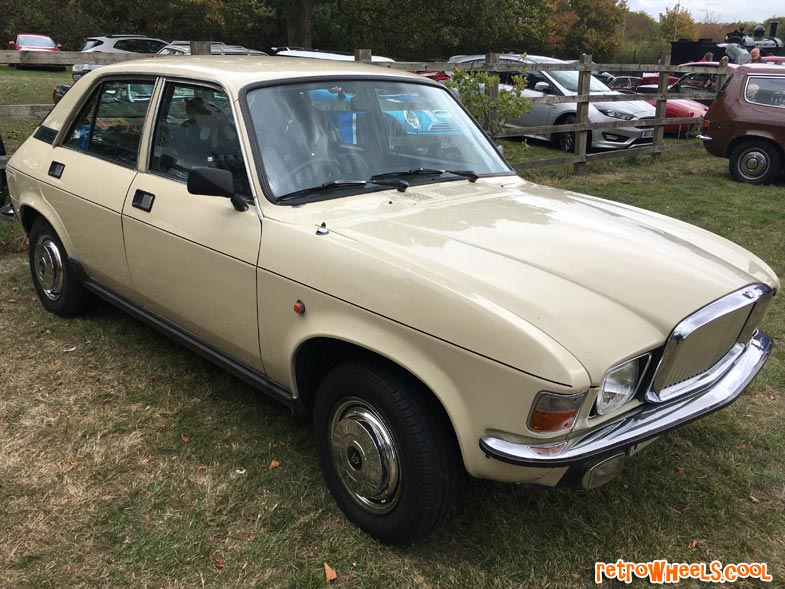

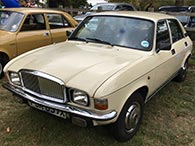
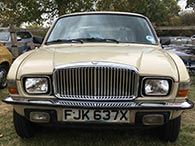
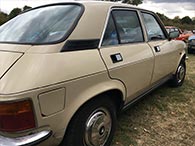
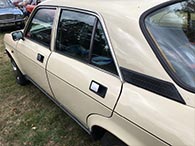
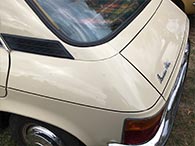




1981 Vanden Plas 1.5 (1485 cc registered August 1981). When the series 3 Austin Allegro launched in late 1979, the Vanden Plas equivalent changed from the 1500 to the 1.5. There were a few subtle upgrades, including larger bumpers and side indicators.
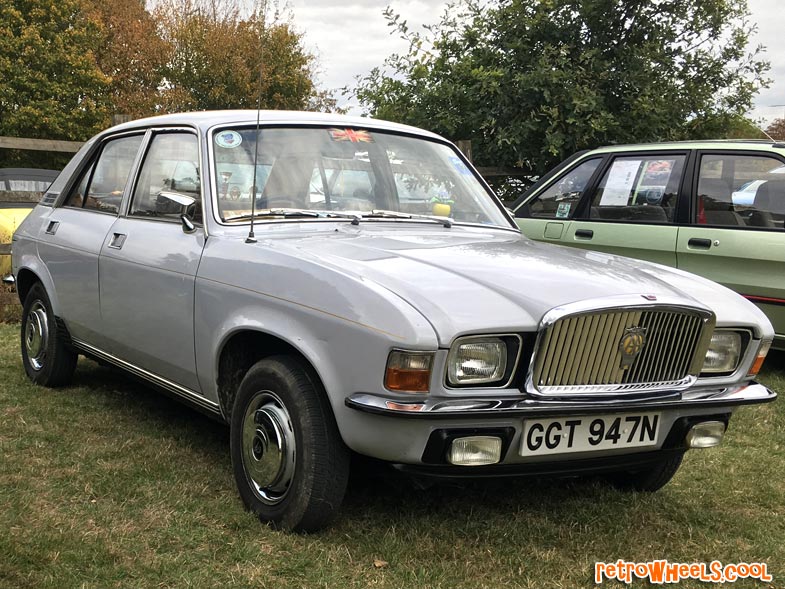

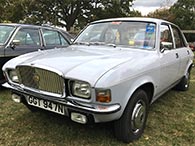
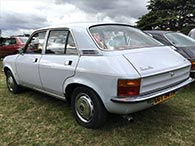
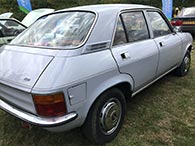
1974 Vanden Plas 1500 (1485cc). The Vanden Plas was launched in September 1974, as an upmarket version of the Austin Allegro. This one was registered in November 1974, so one of the first. The Vanden Plas had a number of cosmetic enhancements - including a statelier front grille and leather seats, but there is no mistaking the distinctive body style!
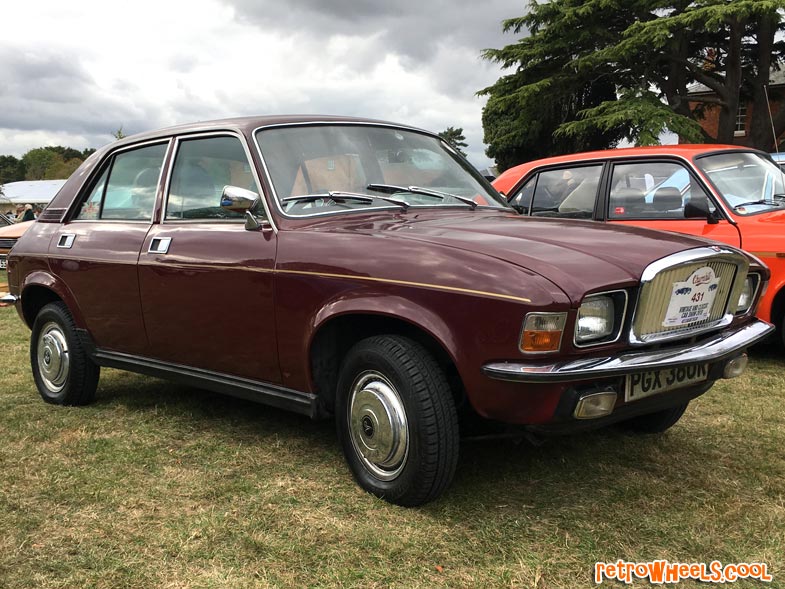

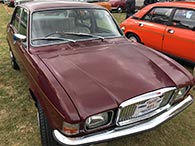
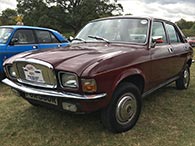
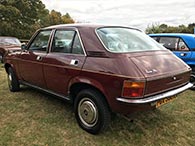
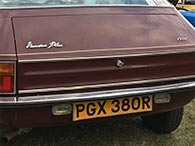



1976 Vanden Plas 1500 in Damsk Red. This is a second series 1500, equivalent to the Austin Allegro 2, but with an upgraded interior, larger front grille with bonnet to match. Fitted with a 1.5L (1485 cc) E-Series I4 engine. Registered August 1976.
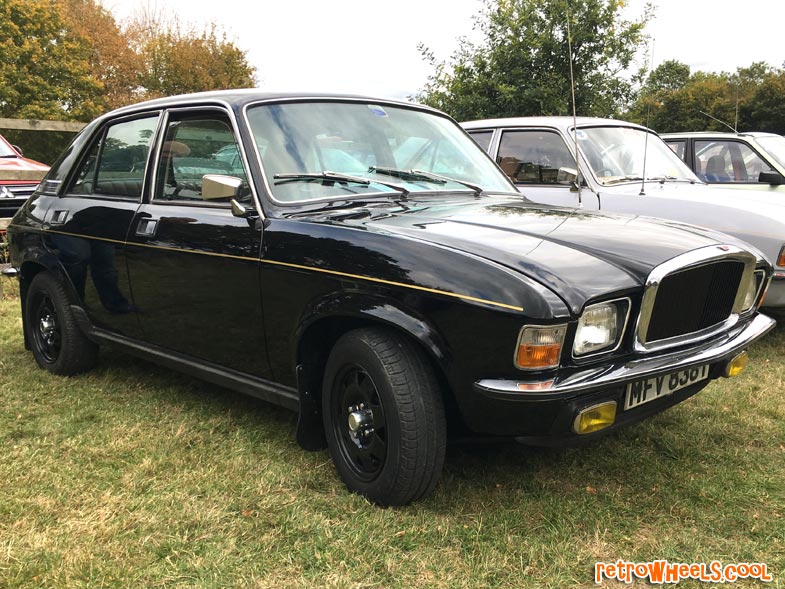

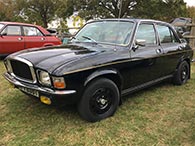
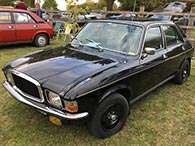
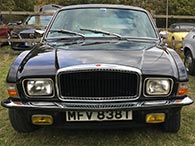
1978 Vanden Plas 1500 (1485 cc). Registered October 1978.

